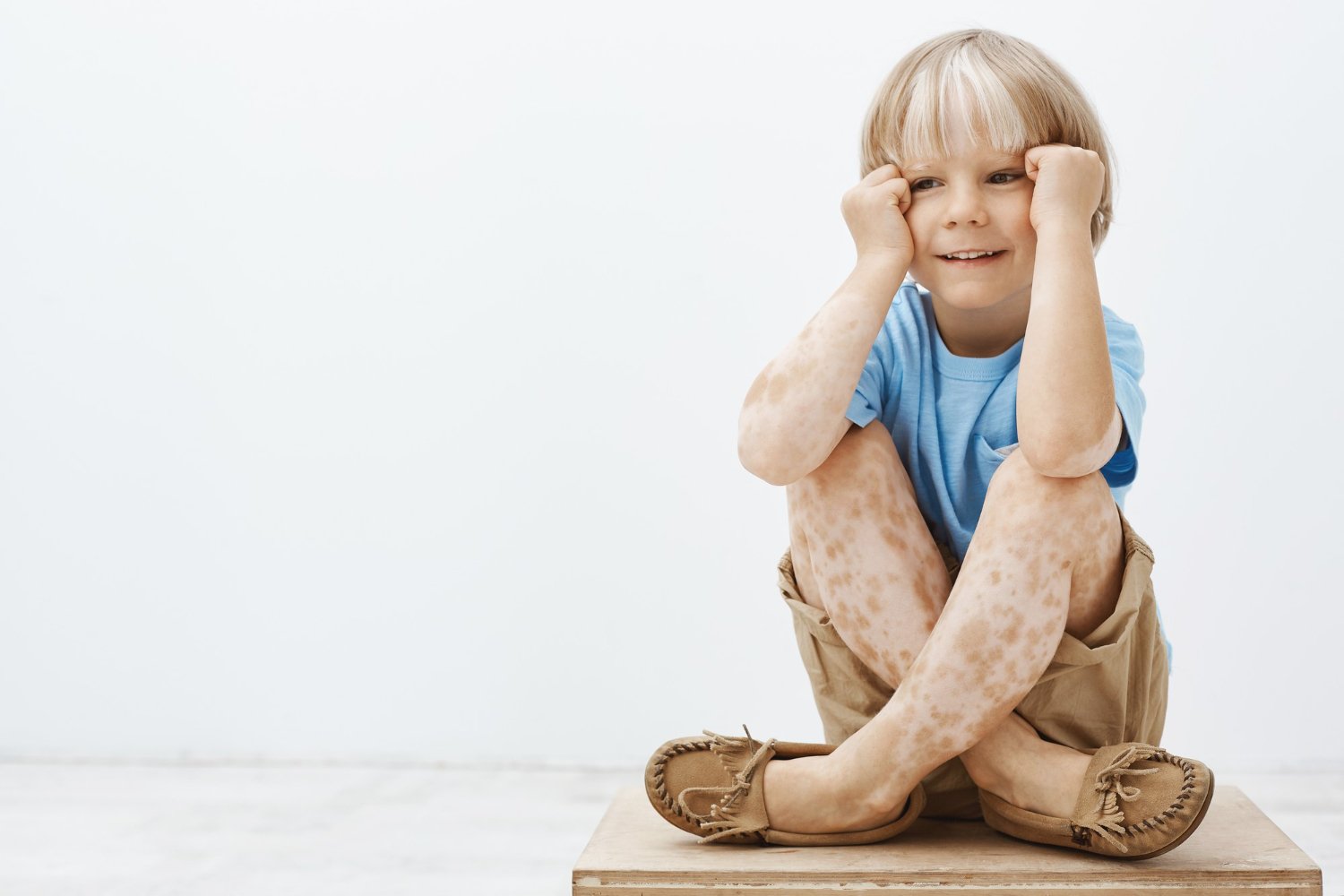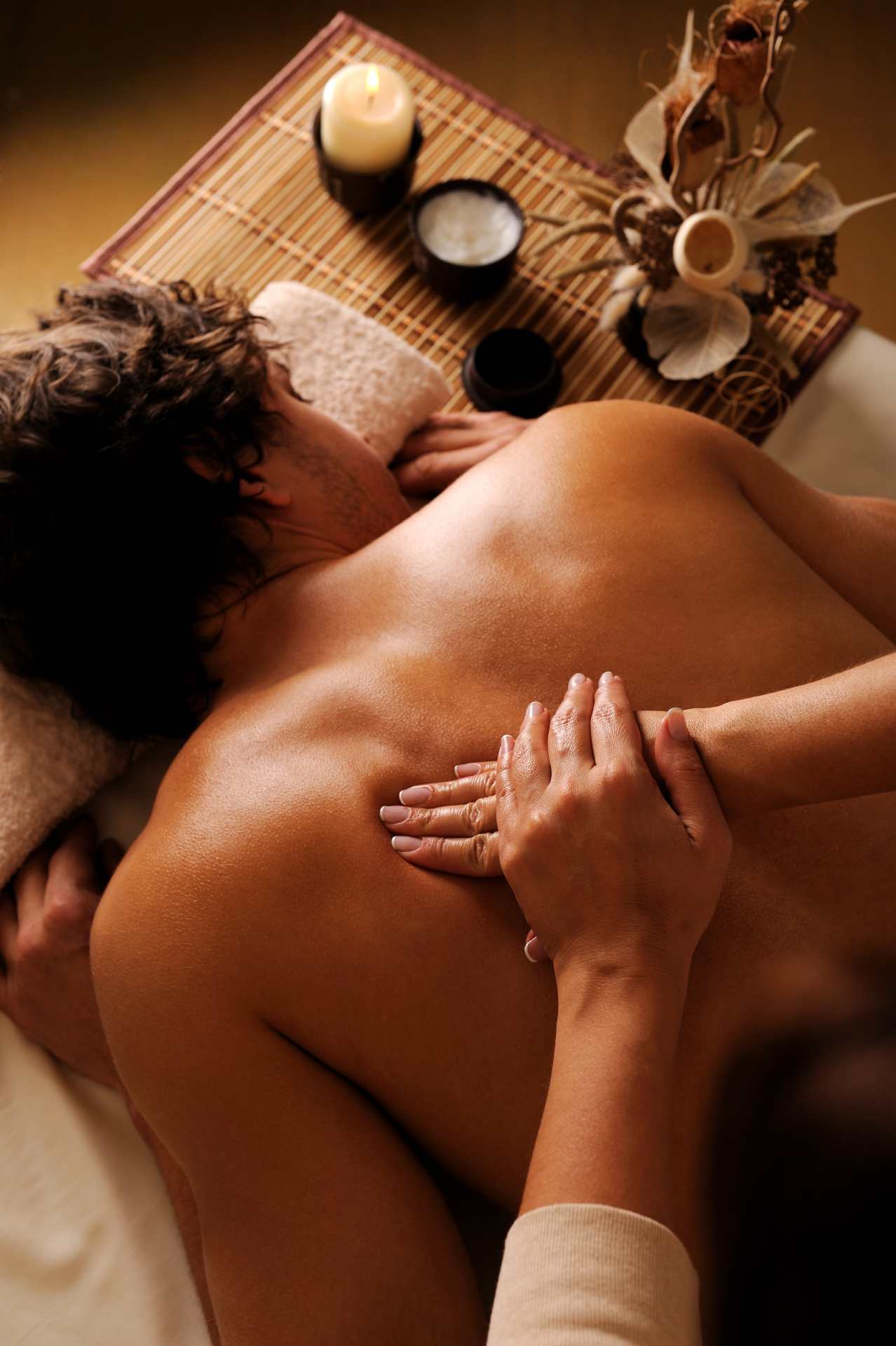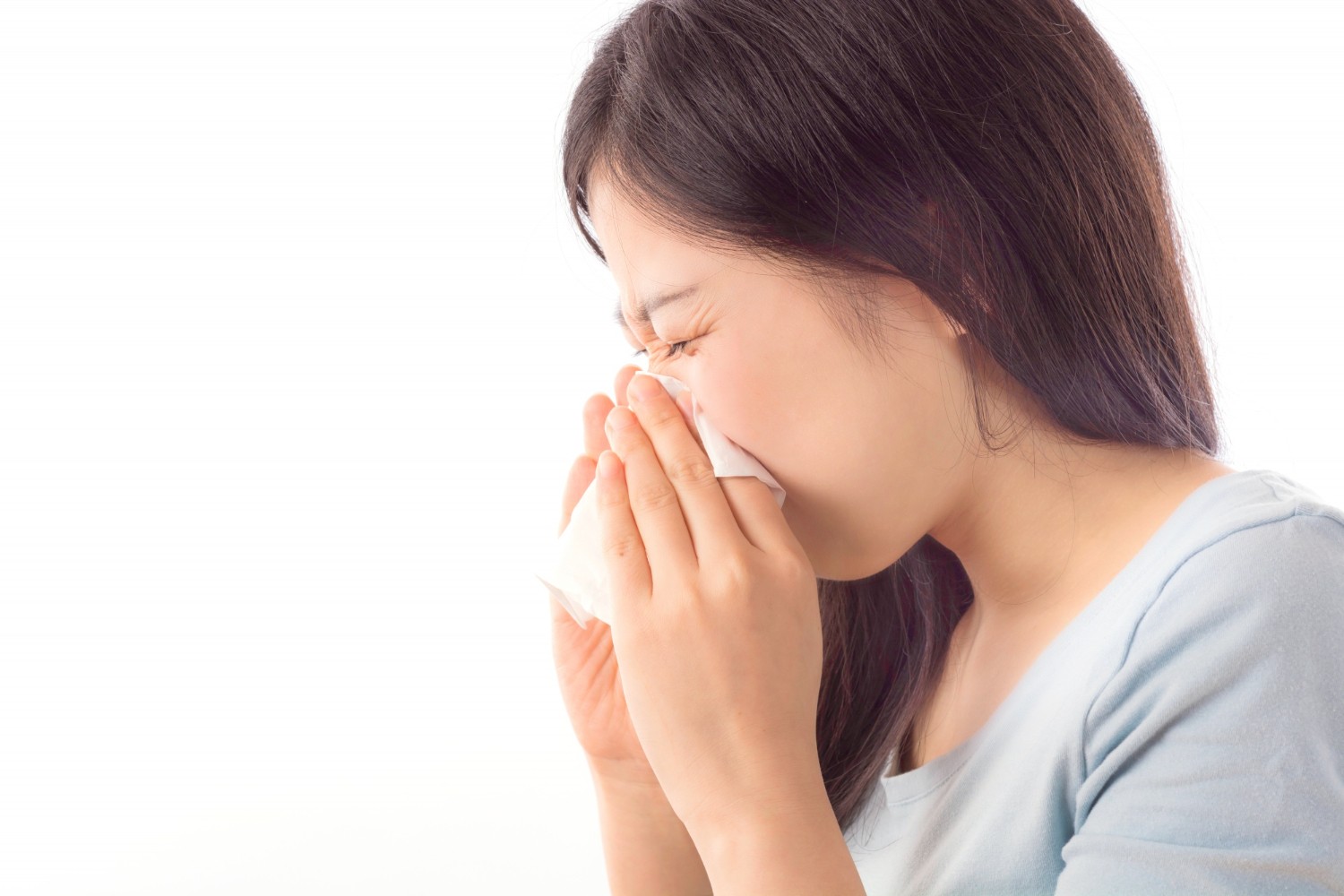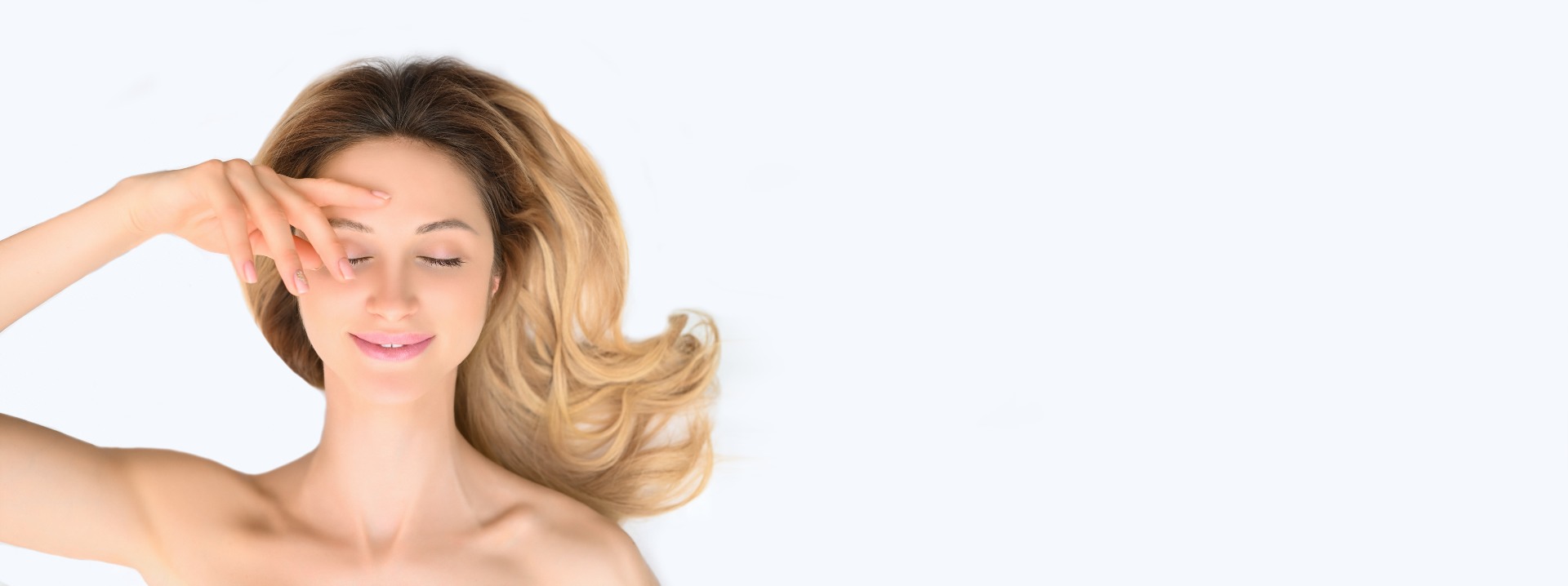
Ayurvedic treatment for vitiligo
Vitiligo is a disease that causes loss of skin colour in patches. The discolored areas can get bigger with time. The condition can affect the skin on any part of the body. It can also affect hair and the inside of the mouth. Normally, the colour of hair and skin is determined by melanin. Vitiligo occurs when cells that produce melanin die or stop functioning. Vitiligo affects people of all skin types, but it may be more noticeable in people with darker skin. The condition is not life-threatening or contagious, but it can be stressful or make you feel bad about yourself.
Symptoms of Vitiligo include patchy loss of skin colour, which usually first appears on the hands, face, and areas around body openings and the genitals. It can also include loss of colour in the tissues that line the inside of the mouth and nose (mucous membranes), as well as premature whitening or greying of the hair on the scalp, eyelashes, eyebrows or beard. Vitiligo can start at any age, but usually appears before age 30.
There are different types of vitiligo, and which type you have depends on where you have it. Generalized is the most common type; this is when discoloured patches show up all over the body, and the discolouration affects nearly all skin surfaces. Segmental is when the vitiligo is confined to one area of the body, like the face or hands; this tends to occur at a younger age, progress for a year or two, then stop. Focal or localised vitiligo happens when the discolouration stays in one spot and doesn't spread. Trichrome is when there is an area of heavy discolouration, followed by an area of lighter discolouration, followed by regular-color skin. Universal is a rare type where at least 80% of the skin is discolored.
Vitiligo occurs when pigment-producing cells (melanocytes) die or stop producing melanin - the pigment that gives your skin, hair and eyes colour. The involved patches of skin become lighter or white. It's unclear exactly what causes these pigment cells to fail or die. It may be related to a disorder of the immune system (autoimmune condition), family history (heredity), or a trigger event, such as stress, severe sunburn or skin trauma, such as contact with a chemical.
It's difficult to predict how the disease will progress. Sometimes the patches stop forming without treatment. In most cases, pigment loss spreads and eventually involves most of the skin. A doctor can usually make a diagnosis of vitiligo by looking at the patient’s skin during a physical exam. There might also be other tests, including blood tests, skin biopsy (where a sample of the skin is sent to a laboratory for further examination), and a Wood's lamp test (where a doctor looks at the affected skin under UV light).
In Ayurveda, life is the union of body, mind, senses and soul. The primary emphasis is on disease prevention and promoting longevity. It is helpful in chronic, metabolic, and stress-related conditions early in the disease manifestation, before extensive tissue and organ damage has occurred. According to Ayurveda, vitiligo is referred to as Shwetakushta or Switra and classified into Kushta rogas (skin diseases). It is caused by the imbalance of all the three doshas - Vata, Pitta and Kapha - vitiating Rakta, Mamsa and Medha Dhatus. Switra is classified into Daruna - when doshas vitiates the rakta dhatu (blood), the patches will be red in colour, Aruna - when doshas vitiates the mamsa dhatu (muscle tissue), the patches will be coppery in colour, and Kilasa - when doshas vitiates the medha dhatu (fat tissue), the patches will be white in colour. The disease is deep rooted and needs specific treatment that include right food and specialized herbal combinations to pacify the pitta and cleanse ama from the body, thereby treating the affected skin. Traditional treatment for vitiligo begins with calming the imbalanced body energies and restoring digestion.
At Jeevess Ayurveda, we advocate the following lines of treatment. Shodana chikitsa includes strong detoxification panchakarma procedures, while Shamana Chikitsa is done through oral medications and external applications. Patya (diet) encompasses strict diet restrictions and lifestyle modifications to include yoga and meditation. We provide effective therapies for vitiligo by following rigorous guidelines and well-researched medicines with high treatment success rate. Ayurveda recommends to start treatment at the earliest.


































